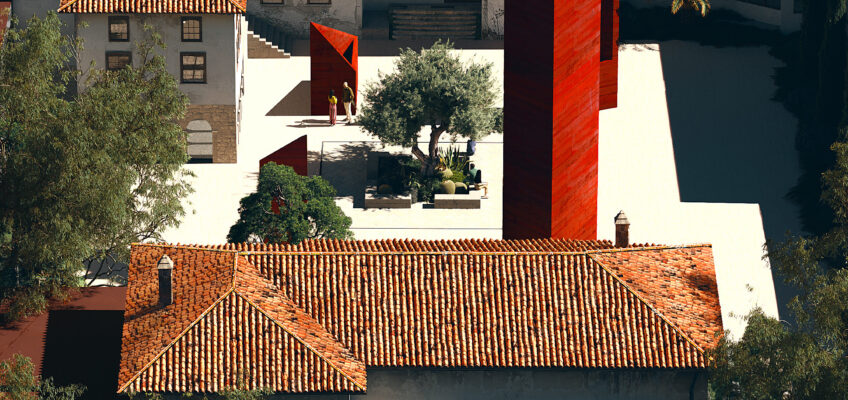Oppenheim Architecture Wins Bid for Albania’s Besa Museum
Step into the world of architectural ingenuity and cultural celebration as Oppenheim Architecture, a renowned international firm, claims victory in a prestigious competition for Albania’s newest cultural institution—the Besa Museum. This exciting project showcases the firm’s commitment to honoring Albania’s rich heritage and welcoming spirit. In this blog post, we’ll delve into the story behind the Besa Museum, exploring its significance, the design process, and the vision that makes it a beacon of architectural brilliance in Tirana, Albania’s capital city.
Preserving Heritage: The Genesis of Besa Museum
Besa Museum takes its name from the Albanian concept of “Besa,” a sacred principle deeply ingrained in the Albanian way of life. It represents a profound commitment to honor, protect, and warmly welcome any guest as one’s own. Embracing this core tenet, Oppenheim Architecture embarked on a mission to bring the concept of Besa to life through a concrete form of architecture that honors the nation’s values and history.
The journey began with Oppenheim’s engagement with local experts, including Albanologists, restoration specialists, historians specializing in Ottoman and Albanian architecture, and a museologist. Together with revered institutional specialty firm Ralph Applebaum Associates, the team ensured the museum design would authentically capture the essence of Besa. The goal was to create an architectural masterpiece that reflects the intense cultural prestige of the Albanian people and their deep-rooted love for their heritage and community.
Translating Besa into Architecture
As architectural archeologists, Oppenheim Architecture’s work goes beyond conventional design boundaries. They studied the Albanian identity and identified four pillars—tradition, protection, hospitality, and honor—that epitomize the spirit of Besa. With these pillars as their guide, the team crafted a design that showcases Albania’s moments of Besa throughout history.
Located in the Toptani Residence, a historical monument in Tirana, the museum’s design pays homage to the country’s past while preserving and respecting the existing house. Oppenheim Architecture envisioned the rooms and art as testimonies to Albania’s way of life, highlighting historical events where Besa guided the nation. Notably, the museum will explore how Besa played a crucial role in the welcoming of Jews during the Holocaust, as well as Kosovar and Afghan refugees in contemporary times.
The Besa Museum Experience
Besa Museum will be a seamless fusion of ancient heritage and modern innovation. The Oppenheim team proposes a restoration of the rooms and art in the existing residence, providing visitors with a historical and cultural journey of understanding Besa. On the other hand, the underground section of the museum offers a fully immersive and interactive experience of the concept.
Adding a striking contemporary element to the museum, bright red modern monoliths will draw visitors in from the surrounding city. These towers, situated in the courtyard, will connect to a new wing built beneath the exterior courtyard, mirroring the organization of the original Ottoman structure. Using natural light and shadow to accentuate the exhibits, the sculptural elements above ground will also announce the museum’s presence in Tirana’s historic skyline.
A Testament to Albania’s Heritage
As the Besa Museum emerges on the architectural horizon of Albania, it stands as a testament to the nation’s cultural heritage and hospitality. Oppenheim Architecture’s visionary design eloquently captures the essence of Besa, bringing to life a space that celebrates Albania’s past while embracing its vibrant future. With Besa Museum, Albania’s architectural landscape is redefined, and its spirit of warm welcome and honor is immortalized in concrete form.
The museum, with its exhibition spaces, archives, auditorium, and educational spaces, will undoubtedly be a source of inspiration and enlightenment for visitors from all walks of life. As the doors of Besa Museum open to the public, we can’t help but marvel at the power of architecture to tell stories, preserve history, and unite cultures—all encapsulated within the sacred principle of Besa.









